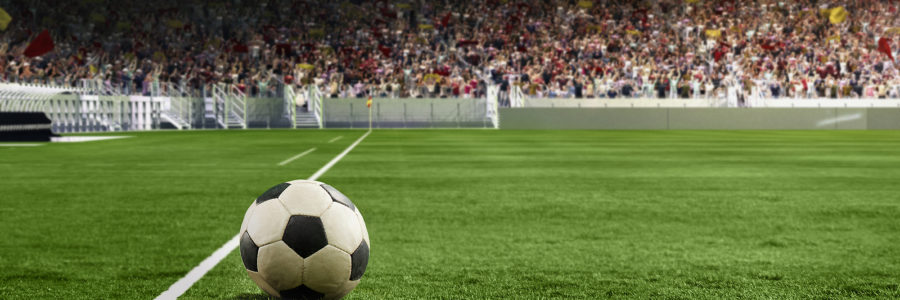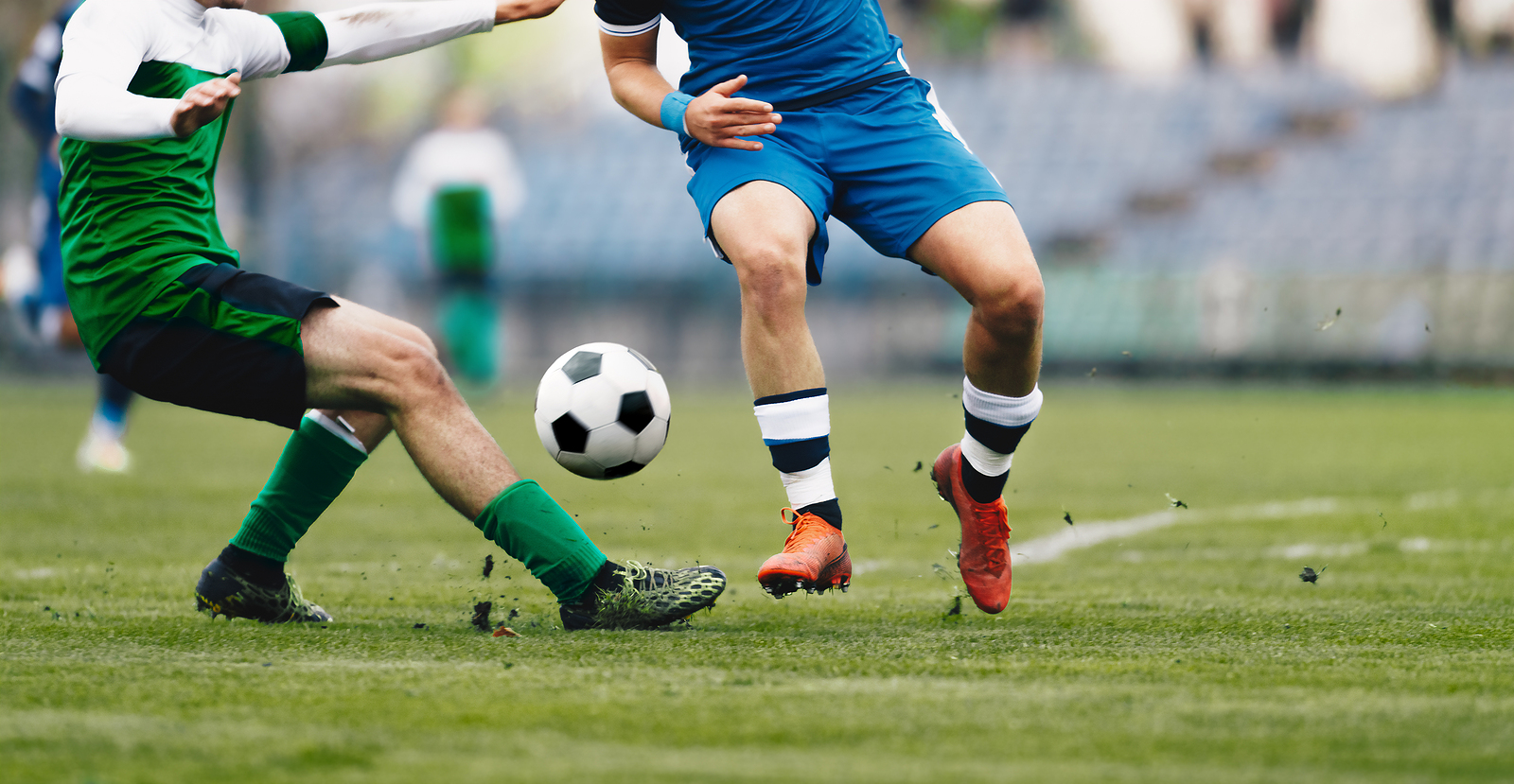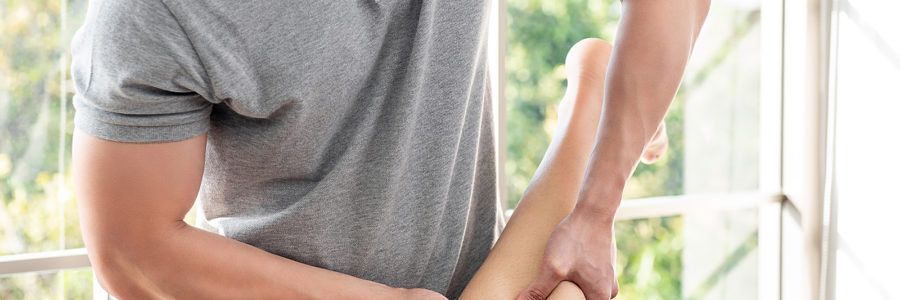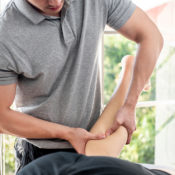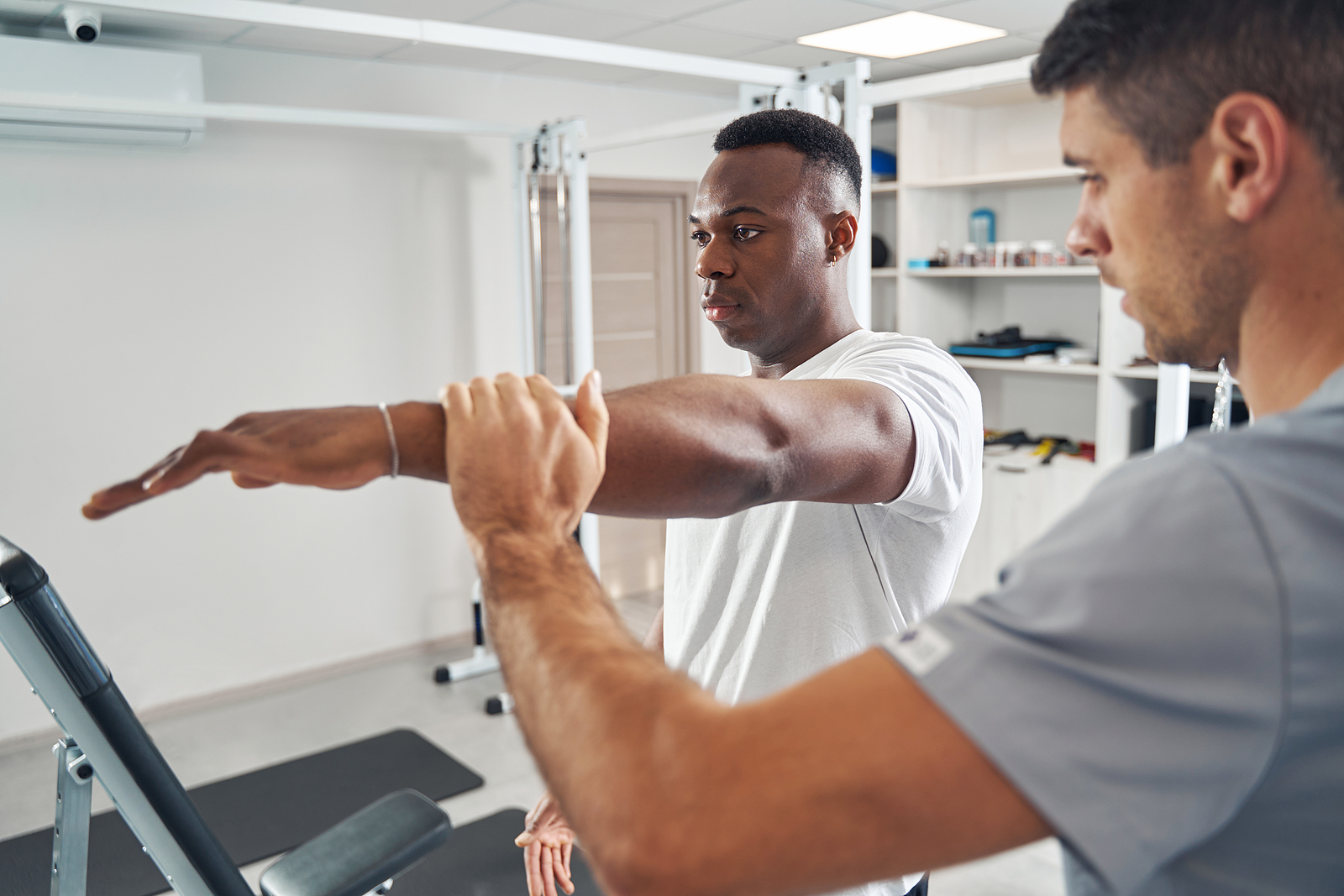 As a complementary and alternative medicine modality, massage therapy has become increasingly popular over the years. Among the various types of massage, clinical massage therapy stands out as a specialized form of treatment that is practiced by licensed or certified massage therapists with advanced training in the assessment and treatment of musculoskeletal conditions. Physical assessment is a crucial component of clinical massage therapy, and orthopedic tests are an important tool for therapists to use during the assessment process.
As a complementary and alternative medicine modality, massage therapy has become increasingly popular over the years. Among the various types of massage, clinical massage therapy stands out as a specialized form of treatment that is practiced by licensed or certified massage therapists with advanced training in the assessment and treatment of musculoskeletal conditions. Physical assessment is a crucial component of clinical massage therapy, and orthopedic tests are an important tool for therapists to use during the assessment process.
Orthopedic tests refer to a range of physical maneuvers designed to help assess the integrity of the musculoskeletal system. These tests are commonly used by physical therapists, chiropractors, and other healthcare professionals to diagnose musculoskeletal conditions. However, orthopedic tests are also frequently used by massage therapists to identify specific structures that may be contributing to a patient’s pain or dysfunction. By doing so, massage therapists can develop targeted treatment plans that address the underlying causes of a patient’s condition.
The use of orthopedic tests in clinical massage therapy provides therapists with valuable information about a patient’s condition. These tests can help identify specific muscles, joints, or other structures that may be causing a patient’s pain or dysfunction. Once these structures are identified, therapists can develop personalized treatment plans that address the root cause of the patient’s condition.
Physical assessment is also important because it allows therapists to monitor a patient’s progress over time. By regularly assessing a patient’s condition, therapists can track changes in their symptoms and adjust their treatment plans accordingly. This is particularly important for patients with chronic conditions, as it allows therapists to identify when a treatment plan may need to be modified to better address the patient’s changing needs.
There are several different types of orthopedic tests that massage therapists may use during the assessment process. Range of motion tests, for example, involve moving a joint through its full range of motion to assess its mobility and identify any restrictions or limitations. Muscle strength tests, on the other hand, are designed to assess the strength of individual muscles or muscle groups. Special tests are more specific and are designed to identify the presence of specific musculoskeletal conditions. The Adson’s test, for example, is used to assess for thoracic outlet syndrome, while the Lachman’s test is used to assess for anterior cruciate ligament (ACL) injuries.
The use of orthopedic tests in clinical massage therapy requires specialized training and expertise. It is important for massage therapists to receive appropriate education and training in the use of these tests to ensure they are used correctly and effectively.
In addition to the use of orthopedic tests, there are other important components of the physical assessment process in clinical massage therapy. These may include a comprehensive health history, a physical examination, and functional assessments. By gathering information from a variety of sources, massage therapists can develop a more complete understanding of a patient’s condition and develop more effective treatment plans.
A comprehensive assessment is particularly important for patients with complex or chronic conditions. By taking a more in-depth approach to assessment, massage therapists can develop a more personalized treatment plan that addresses the patient’s unique needs.
In conclusion, physical assessment is a critical component of clinical massage therapy, and the use of orthopedic tests is an important tool for therapists to use during the assessment process. Orthopedic tests can help therapists identify specific structures that may be contributing to a patient’s pain or dysfunction and develop targeted treatment plans that address the underlying causes of their condition. It is important for massage therapists to receive appropriate education and training in the use of orthopedic tests and other assessment techniques to ensure they are used correctly and effectively. By taking a comprehensive approach to assessment, massage therapists can provide more effective and personalized care to their patients.

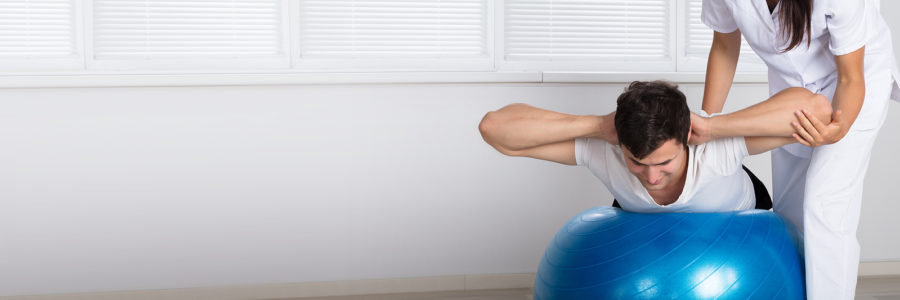
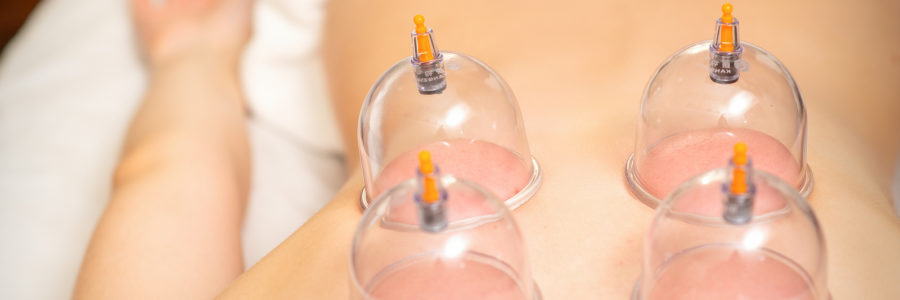
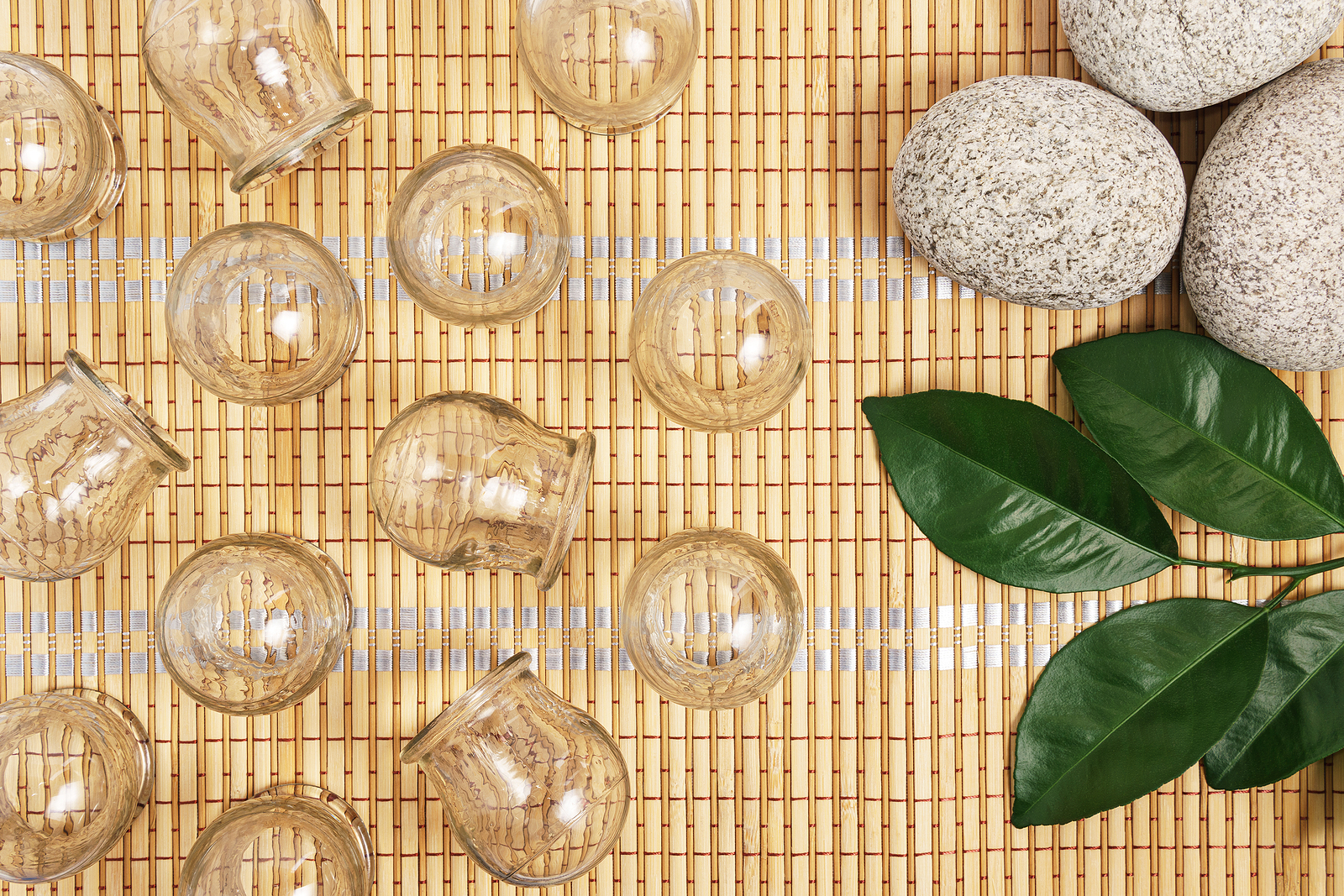 Cupping therapy is an ancient form of alternative medicine that has been used for centuries to treat various conditions. It involves placing cups on the skin to create a vacuum effect that draws the skin and underlying tissues up into the cup. Cupping has gained popularity in recent years, especially among athletes, as a way to treat sports injuries and improve performance. In this blog post, we will explore cupping therapy for sports injuries and how it can benefit athletes.
Cupping therapy is an ancient form of alternative medicine that has been used for centuries to treat various conditions. It involves placing cups on the skin to create a vacuum effect that draws the skin and underlying tissues up into the cup. Cupping has gained popularity in recent years, especially among athletes, as a way to treat sports injuries and improve performance. In this blog post, we will explore cupping therapy for sports injuries and how it can benefit athletes.